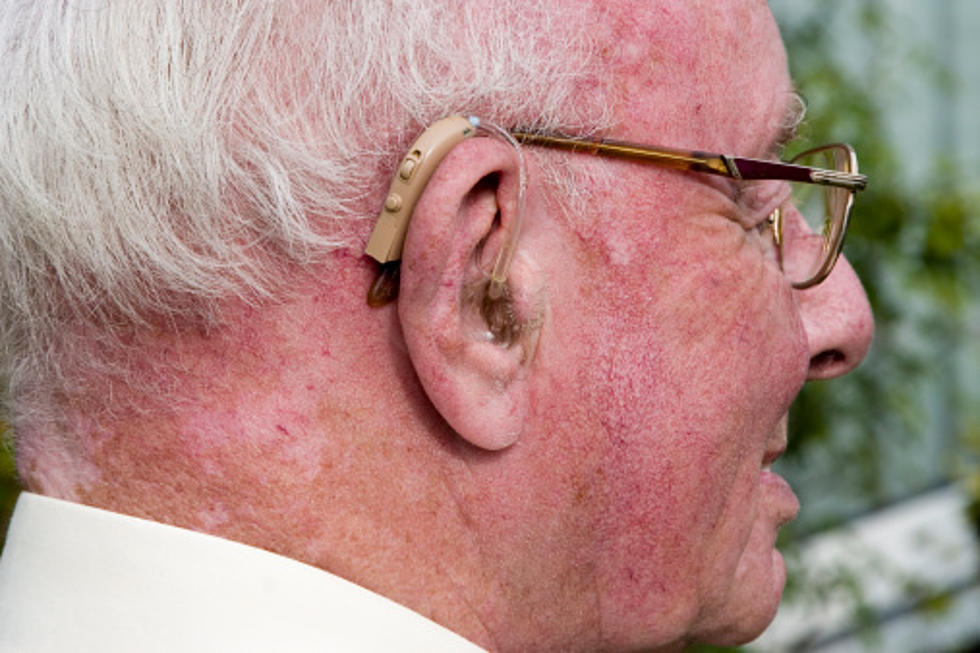
Here Comes the Sun: Valier and CJI High Schools Land Solar Systems
Several schools in northern Montana are participating in the Hi-Line Solar Schools Education Project. Chester-Joplin-Inverness and Valier are the first two schools in the Golden Triangle to have solar power "labs" installed, and the public will be able to learn more about them at open houses next week.
The program, thanks to a grant from NorthWestern Energy, puts solar systems on the roofs of Hi-Line schools. These solar “Lab” systems are designed to meet a small portion of the electrical needs of each school and more importantly, they serve as a hands-on educational too for students, teachers, and the community. The Project teaches and then provides educational units that take real world examples from the Lab systems. Solar Systems have already been installed in Chester and Valier, while Chinook and Rocky Boy are next on the list. Grant proposals were recently submitted for the schools at Big Sandy, Box Elder,Harlem, and Glasgow.
Math and science teachers Stacey O’Neal and Jasper Howell decided the program would be a great fit for their students, and welcomed the opportunity to use a hands-on Lab system to teach trigonometry and earth science and physics, to name just a few of the curriculum units the Project provides.
In order to meet the educational goals of the program, guest speakers from the Hi-Line Solar Schools Project are visiting schools and teaching students about solar power. The presentations teach students about the technology and provide real life applications for the skills they learn in math, physics, chemistry, earth science and economics. Alex Lussier, who provided classroom instruction at CJI and Valier, holds a doctorate in physics from MSU Bozeman, and has three years experience as an undergraduate physics professor at MSU. He has authored and taught dozens of courses. In addition to Mr. Lussier's experience, the Project has received consultation, review and feedback from engineers, community college teachers and high school science teachers at Belgrade and Reed Point in developing its lesson plans.
Each school is receiving a 6 kW (kilowatt) photovoltaic system, installed by Bozeman Green Build, which directly feeds in to the building’s electrical panel and is “net-metered”. For reference, a 6 kW system is capable of meeting the electrical needs of an averageMontanahousehold, or for example, the school’s computer lab, and will save the school an estimated $45,500 in electricity over the system’s 30 year lifetime. All systems have data monitoring that enables students (or anyone with an internet connection) to monitor the solar output any time of the day, week, or year. This feature is an essential component of the program, allowing students and teachers to correlate power production to the weather and the seasons.
In addition to guest lectures for students, each school is hosting a free open-house event giving community members a chance to learn about the technology, installation and cost considerations, and to have their questions answered by solar experts. Few people realize that the price of solar power has dropped drastically in the last 3 years. While solar power has always made sense as a renewable energy option, it is now economically viable as well, thanks in part to tax credits and grants.
NorthWestern Energy’s renewable energy grants, coupled with the 30% federal tax credit and a $500/$1,000 state income tax credit, have made solar PV affordable. According to John Palm, director of the Hi-Line Solar Schools Project, “The payback on solar PV is now as low as 10 years with all of the grants and credits. It just makes financial sense.”
Businesses and Ag producers are also eligible for the federal tax credit, as well as for grants from the USDA Rural Energy for America Program. REAP grants will pay up to 25% of the cost of a renewable energy installation. These topics and more will be covered at the CJI solar open house on Tuesday May 13th from5:00to7:00pm, and at the Valier solar open house on Wednesday May 14th, from 5:00to7:00pm. For additional information John Palm can be contacted at 580-6068.









